INTRODUCTION
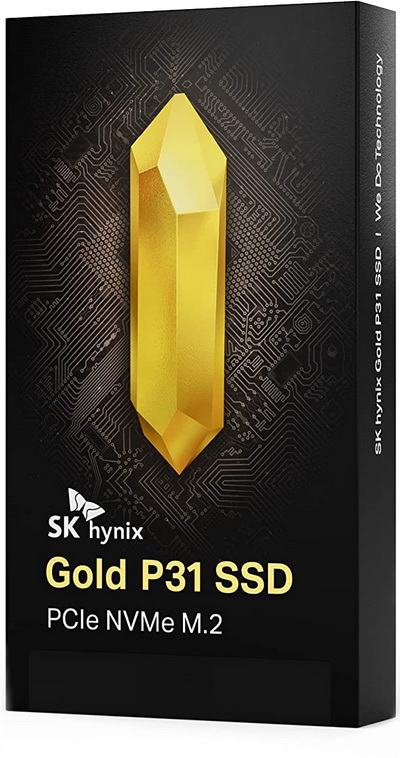
Even though consumer oriented PCIe Gen 5 M.2 NVMe SSDs are already here (alas in extremely low numbers) and PCIe Gen 4 models have been around for just over 3 years now it’s a fact that due to their wider system compatibility PCIe Gen 3 models are still ahead across the globe in sales. This is enough incentive for some manufacturers to keep updating their Gen 3 lines and SK Hynix with the 2TB variant of their P31 Gold model is one of them.
SK hynix Inc., headquartered in Korea, is the world’s top tier semiconductor supplier offering Dynamic Random Access Memory chips (“DRAM”), flash memory chips (“NAND flash”) and CMOS Image Sensors (“CIS”) for a wide range of distinguished customers globally. The Company’s shares are traded on the Korea Exchange, and the Global Depository shares are listed on the Luxemburg Stock Exchange. Further information about SK hynix is available at www.skhynix.com, news.skhynix.com.
The 2TB variant of the P31 Gold series of M.2 NVMe PCIe Gen3x4 SSDs was announced in August last year and is the highest capacity model of that line currently (also available in 500GB/1TB capacities). Needless to say, that just like the 1TB variant which I reviewed a while back (review here) this is also based on SK hynix's very own ARM 4-channel CEPHEUS PCIe Gen3x4 NVMe v1.3 NAND flash controller which they’ve paired with their 6th gen 128-Layer 3D TLC NAND flash and a 2GB LPDDR4 2133MHz DRAM module (512MB for the 500GB model and 1GB for the 1TB model). Not much is known about the specifications of the CEPHEUS other that it does support technologies like Low-Density Parity-Check (LDPC), SMART, secure erase, TRIM, device sleep, AES 256-bit encryption (Pyrite 2.0 support - this was probably added after my 1TB review) and SK hynix’s HYPERWRITE hybrid SLC cache which basically includes two different SLC cache types (fast and slow dynamic) for optimal write results. Finally, SK hynix covers the entire P31 Gold line with a 5-year limited warranty and as for endurance numbers they report a TBW of 500 for the 500GB model, 750 for the 1TB model and 1500 for the 2TB model.
SPECIFICATIONS AND FEATURES

PACKAGING AND CONTENTS
SK hynix uses a small cardboard box to ship their P31 Gold series which at the front has something like a yellow diamond right over the included capacity.
Several certifications are printed at the rear of the box right under a product drawing.
The user instructions and terms and conditions papers are bundled along with the P31 Gold M.2 NVMe SSD.
THE P31 GOLD 2TB
All P31 Gold M.2 NVMe Gen3x4 models are single sided ones that follow the typical 2280 size/form factor (22mm in width and 80mm in length).
Under the top sticker we find the CEPHEUS NAND flash controller, 2GB LPDDR4 DRAM module and two 128-Layer 3D TLC NAND flash modules (1024GB in capacity each).
On the other side of the PCB, we find a sticker with the drives part and serial numbers and barcodes and of course its capacity and numerous certifications.
TEST BED
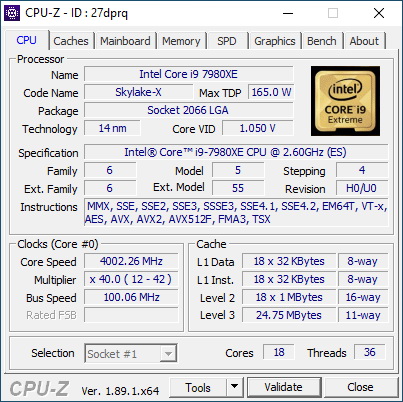

TESTING METHODOLOGY
Not long after I first started testing SSDs back in 2008, I concluded that it's almost impossible for any single benchmark suite to accurately measure their performance and that's why in certain benchmark suites we see amazing read/write performance numbers with some drives while in others things are quite different. The reason behind this is that some benchmarking suites are configured to read and write random chunks of data while others read and write constant (sequential) ones. So that's why i always use a very wide selection of benchmarking suites including AIDA64, HD Tach RW, HD Tune Pro, Crystal Disk Mark, Sisoftware Sandra Pro, AS SSD, IOmeter and ATTO. To get the most accurate results each test gets repeated a total of 6 times with the average performance numbers recorded into the charts*. Also, as of February 25th 2015 results will also include the Storage Networking Industry Association’s (SNIA) IOMeter tests. These tests include a 12 Hour write test used to “simulate” performance degradation over time and a mixed workload test which basically shows what you can expect when using an SSD continuously for roughly 2 hours. Unfortunately, due to the time required for these tests they get repeated a total of 3 times and not 6 as the above.
Many people have made inquiries about our charts in the past so once again please do keep in mind that the Charts have the average performance numbers of each drive recorded and not the peak (highest) ones. Also, although every single one of these programs can help potential buyers choose the right drive for their needs you should also remember that from any kind of benchmark up to real world usage the gap is not small (and usually most differences will go unnoticed by most people). All tests were performed in a fresh Windows 10 Pro x64 installation complete with every update up to the date of this review.
* Since November 2018 the SSD comparison charts have been divided to 2.5” and M.2 models to reduce their growing size.
** Unless stated otherwise the Ryzen 9 3950x based Test Rig used for M.2 Gen 4 SSD reviews is not located in the lab.
*** As of January 2021 for Gen 3x4 models I’ll be using the Core i9-7980XE test rig (after numerous tests the up to 6% difference in read & write performance compared to the i7-6700 system simply wasn’t enough to justify having an extra test rig around).
**** Since February 2022 M.2 NVMe Gen3 and Gen4 SSD drives are placed in different charts.
TEST RESULTS - AIDA64 / ATTO


TEST RESULTS - HD TACH RW / HD TUNE PRO


TEST RESULTS - SISOFTWARE SANDRA PRO / CRYSTAL DISK MARK
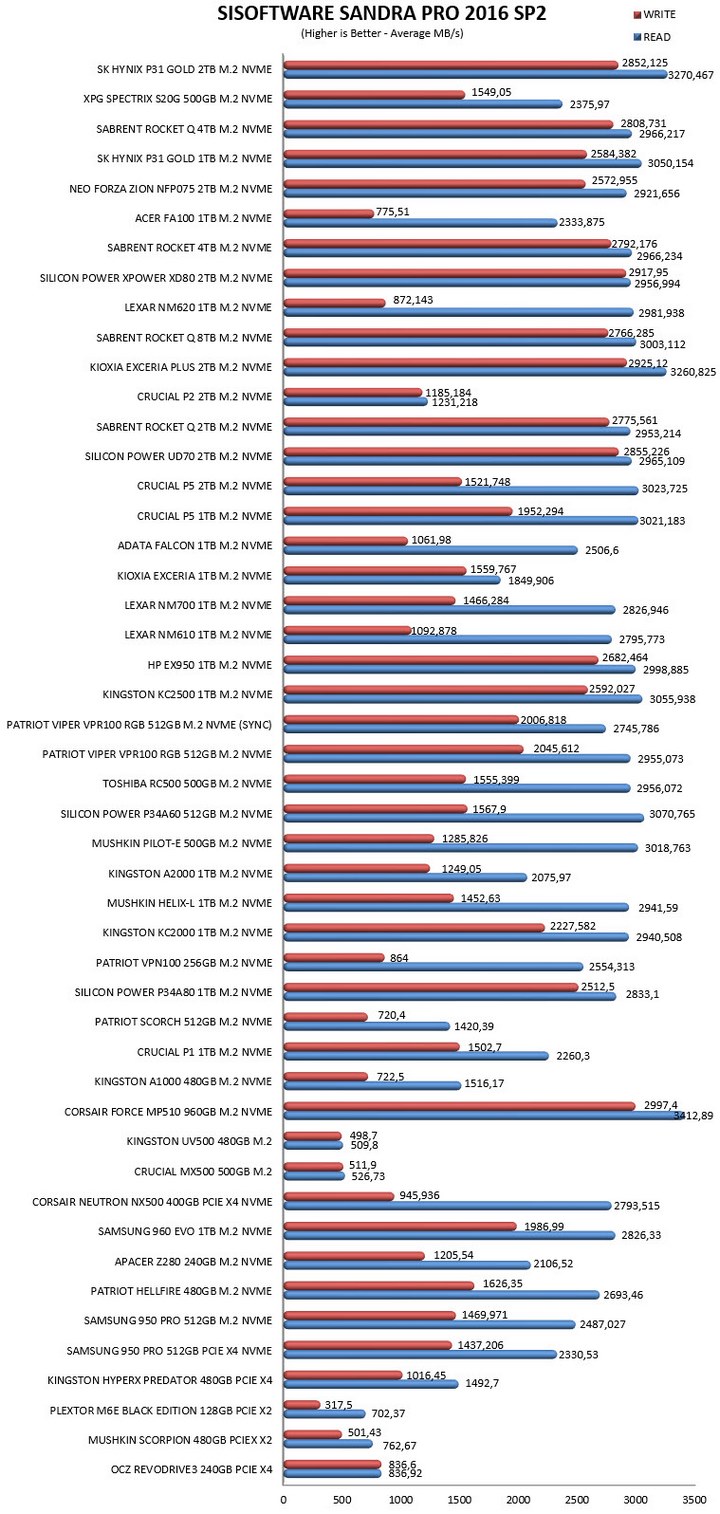

TEST RESULTS - AS SSD / IOMETER

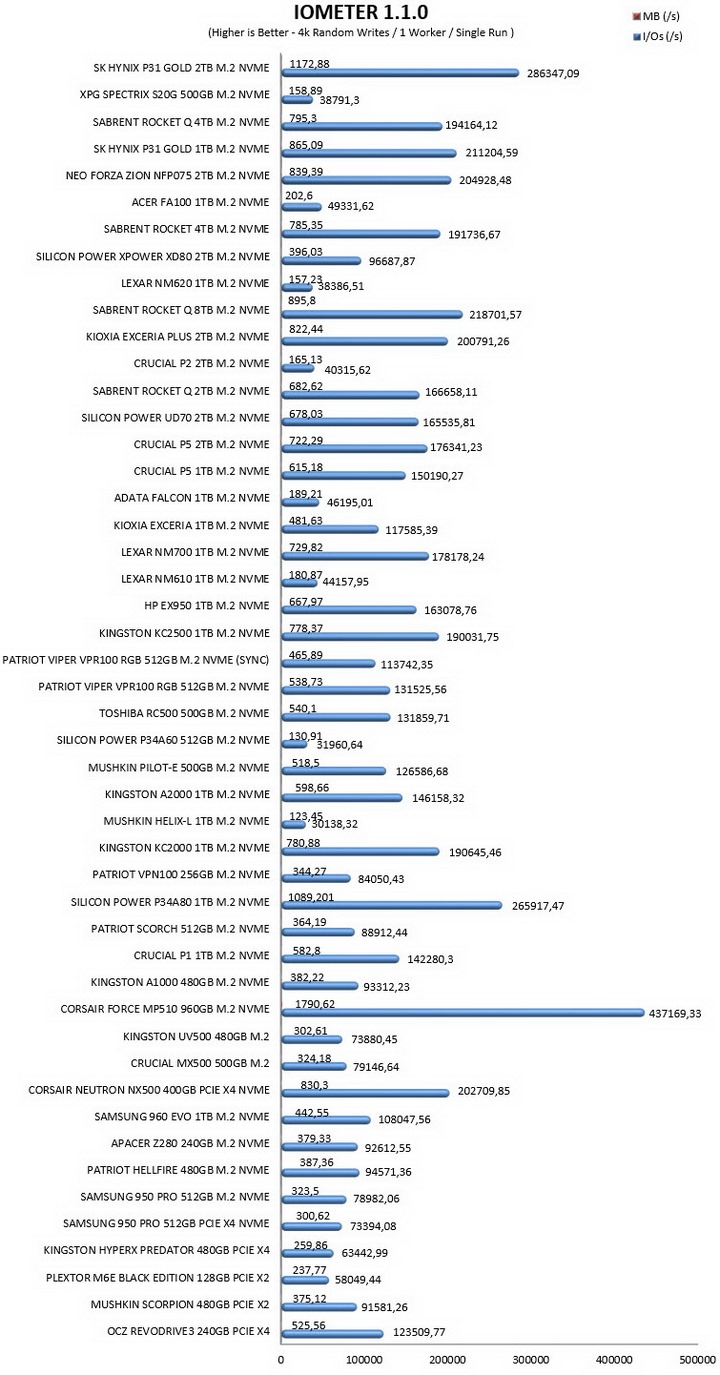
TEST RESULTS - IOMETER SNIA
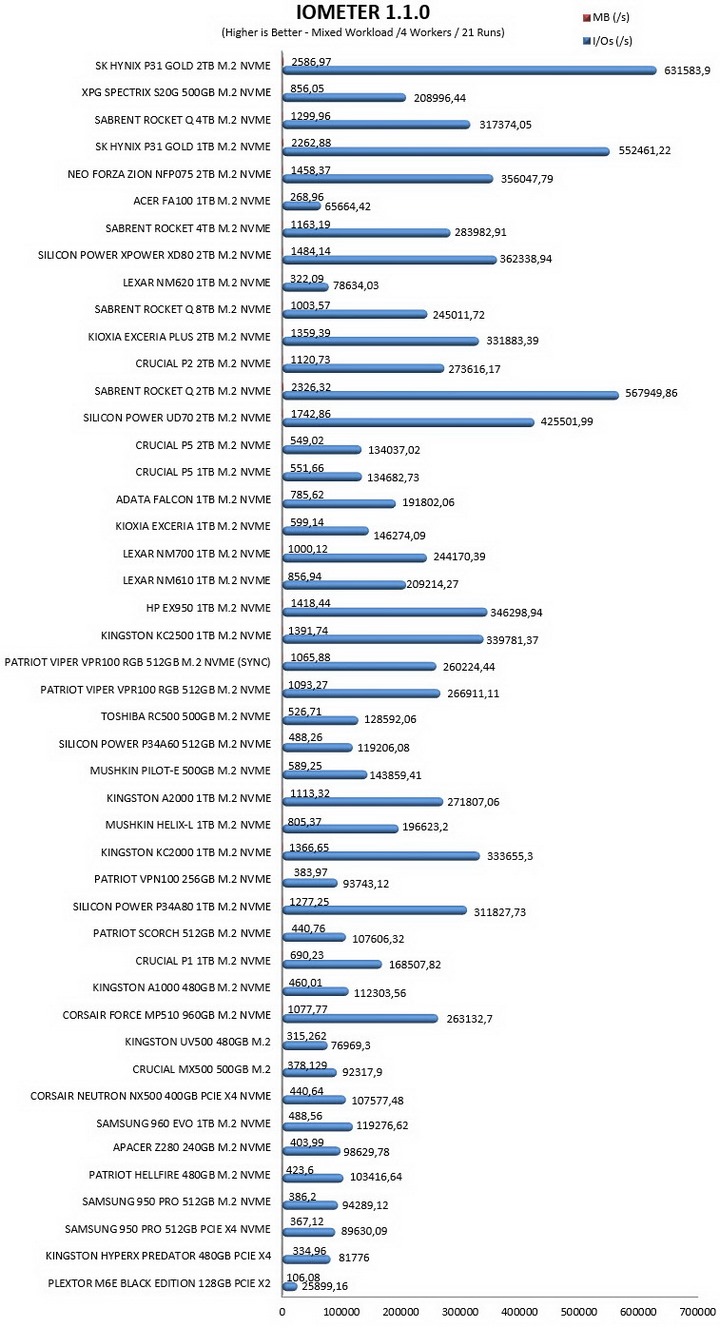
CONCLUSION

SK hynix basically released the 2TB variant of their Gold P31 line in August 2021 meaning 1 full year after the 500GB and 1TB variants. Still from what I gather this was due to both adding AES 256-bit encryption (with Pyrite 2.0 support) and improving the overall performance of the drive. Yes, 2TB models usually outperform their 1TB brothers but the gaps in performance between these two P31 models are larger than what i usually see (so my guess is that they further tweaked the firmware of the drive – still, they may have done so with the firmware of the 1TB variant too). Performance aside durability/endurance numbers are also very good since aside its 1500TBW the Gold P31 2TB also has an MTBF (meantime between failure) of 1.5 million hours. Also, worth pointing out that in May this year SK hynix also released their Platinum P41 line (review soon) of PCIe 4.0 Gen 4 drives so if you’re looking for a Gen 4 model that might be it.
Retailing for USD159.19 inside the USA (Amazon.com) and for around 215Euros inside the EU the Gold P31 2TB PCIe 4.0 Gen 4 M.2 NVMe SSD by SK hynix is priced extremely well, on the other side of the Atlantic that is. Price aside however the Gold P31 2TB is probably the fastest overall Gen 3 SSD in my charts and even though it did take SK hynix a year to add it to their Gold P31 line it certainly deserves the Golden Award.

PROS
- Top Of The Charts Performance (Gen 3 SSD)
- Endurance Numbers (1500TBW / 1.5 Million Hours MTBF)
- First Gen 3 SSD Line With 128 Layer NAND Flash
- 5 Year Limited Warranty
- Price (USA)
CONS
- Price (EU)
- Thermal Throttling (12 Hour SNIA Test)

 O-Sense
O-Sense

.jpg)



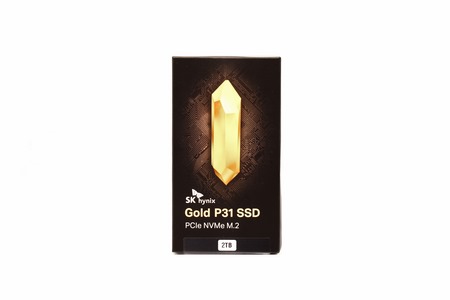
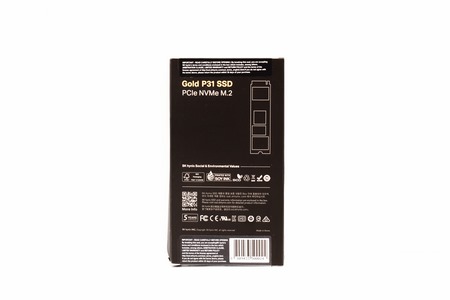
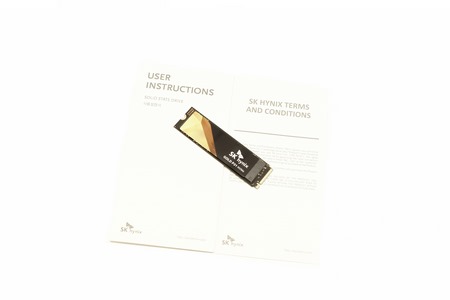
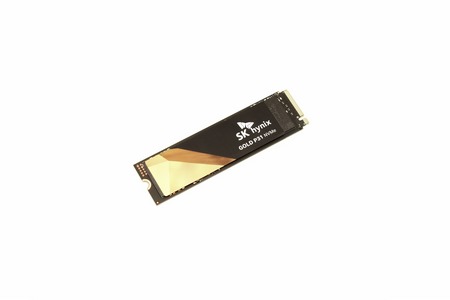
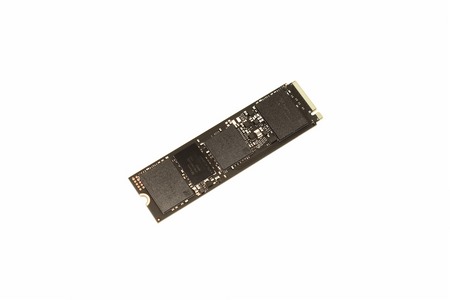
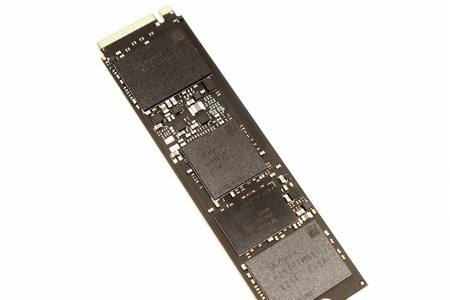
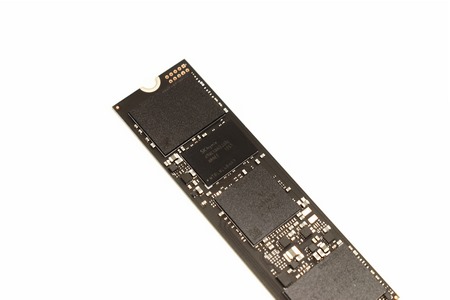
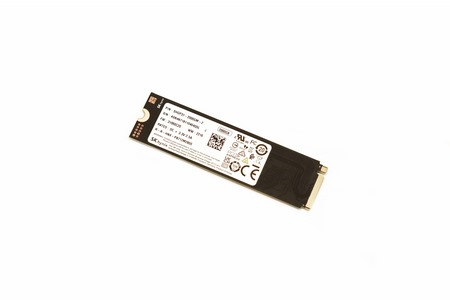
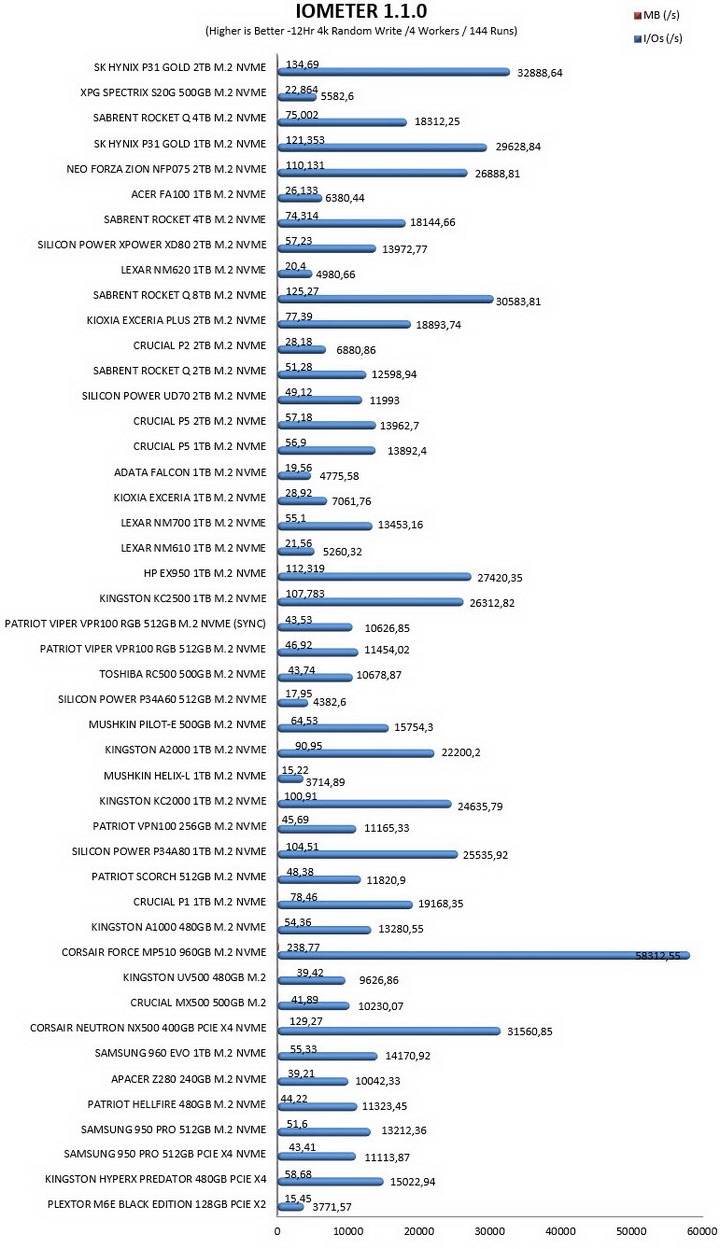
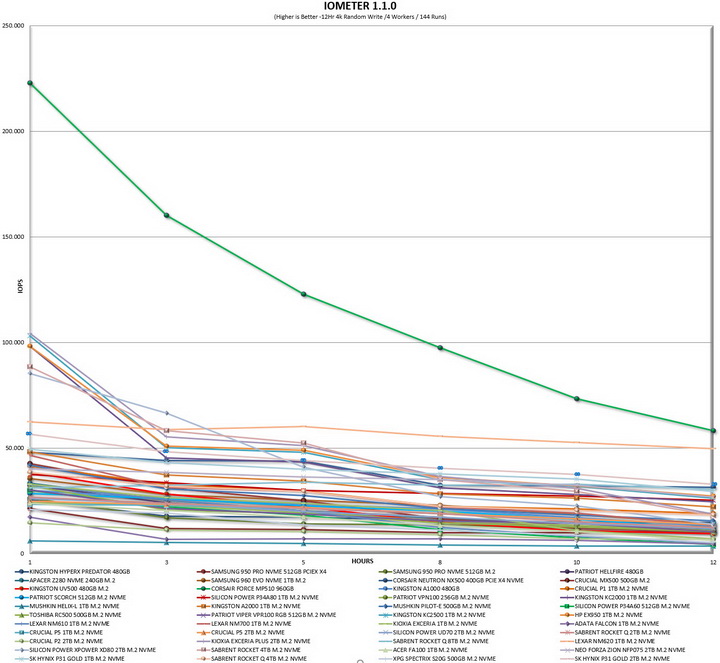


.png)

